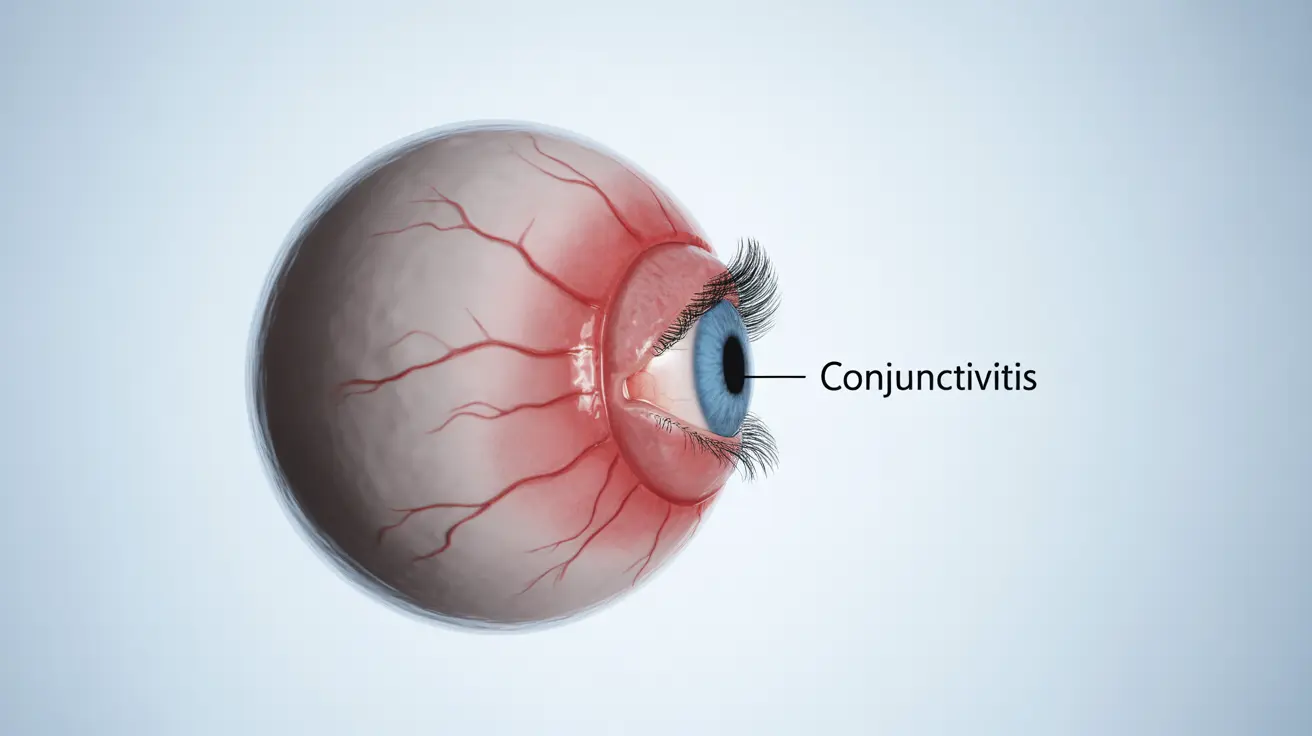While pink eye (conjunctivitis) typically causes mild discomfort and clears up on its own, many people wonder about its potential serious complications. Understanding the real risks associated with pink eye and knowing when to seek medical attention is crucial for protecting your eye health and overall well-being.
In this comprehensive guide, we'll explore the potential complications of pink eye, identify warning signs that require immediate medical attention, and explain how proper treatment can prevent serious outcomes.
Understanding the Severity of Pink Eye
Pink eye itself is rarely life-threatening, but certain types and circumstances can lead to more serious complications if left untreated. The severity largely depends on the cause of the infection and the patient's overall health status.
Types of Pink Eye and Their Risk Levels
Different forms of pink eye carry varying levels of risk:
- Viral conjunctivitis (most common)
- Bacterial conjunctivitis
- Allergic conjunctivitis
- Chemical conjunctivitis
Among these, bacterial conjunctivitis typically poses the highest risk for complications when left untreated, particularly in individuals with weakened immune systems.
Potential Complications of Untreated Pink Eye
While death from pink eye is extremely rare, untreated cases can lead to serious complications:
- Corneal inflammation and scarring
- Vision impairment
- Spread of infection to other eye structures
- Systemic infection in severe cases
Warning Signs Requiring Immediate Medical Attention
Certain symptoms indicate a potentially serious infection that requires prompt medical care:
- Severe pain in the eye
- Significant light sensitivity
- Blurred or decreased vision
- Symptoms lasting longer than 7 days
- High fever accompanying eye symptoms
Treatment and Prevention of Severe Outcomes
Proper treatment is essential for preventing serious complications from pink eye. Treatment approaches vary based on the type and severity of the infection:
Bacterial Pink Eye Treatment
Bacterial infections typically require:
- Antibiotic eye drops or ointments
- Regular cleaning of the affected eye
- Frequent hand washing to prevent spread
- Complete treatment course as prescribed
Preventive Measures
To minimize the risk of complications:
- Avoid touching or rubbing your eyes
- Use clean towels and washcloths
- Replace eye makeup after an infection
- Follow proper contact lens hygiene
Frequently Asked Questions
Can pink eye cause death or be life-threatening? Pink eye itself is rarely life-threatening. However, severe untreated infections, particularly in immunocompromised individuals, can potentially lead to serious complications requiring immediate medical attention.
What types of pink eye are most likely to lead to serious complications? Bacterial pink eye, especially when caused by aggressive bacteria or in people with weakened immune systems, poses the highest risk for serious complications. Certain viral infections can also cause severe symptoms.
How can untreated pink eye affect vision and eye health? Untreated pink eye can lead to corneal scarring, chronic inflammation, and potential vision impairment. In severe cases, the infection may spread to other eye structures, causing more serious complications.
What symptoms of pink eye indicate the need for immediate medical attention? Seek immediate medical care if you experience severe eye pain, significant light sensitivity, blurred or decreased vision, symptoms lasting longer than a week, or if you develop a high fever with eye symptoms.
How is bacterial pink eye treated to prevent severe outcomes? Bacterial pink eye is typically treated with antibiotic eye drops or ointments, combined with proper eye hygiene practices. Complete the full course of prescribed antibiotics, even if symptoms improve, to prevent recurrence and complications.




